Policy: Copper
Policy type: Policy
Reference: 2b
Status: Current
Date ratified: May 2018
Policy
Restricted veterinary medicines (RVMs) containing copper should be authorised only according to established need. Veterinarians will properly manage the risks associated with authorising/dispensing such products.
Explanation
Copper is an essential trace element and copper insufficiency, both primary and secondary, is commonly diagnosed in New Zealand livestock, especially cattle and deer. However copper can be toxic if used in excess and can limit animal productivity if administered at certain times of the year.
Sheep generally have lower copper requirements than deer and cattle so copper supplementation is not common. Sheep breeds show a wide range of variation in copper absorption and utilisation, with the Texel breed and its crosses demonstrating high sensitivity to copper. Therefore extra care is required when advising on copper supplementation in sheep to reduce the potential for toxicity and subsequent deaths.
The risks associated with the use of some of these products (i.e. oral bolus and injectable formulations) are partially managed by giving copper-containing products an RVM classification. Cases of toxicity and poisoning associated with the use of copper products will always have the potential to occur.
Guidelines
- Veterinarians should educate farming clients regarding the likely copper requirements of their livestock and options for meeting these, so that clients can make informed decisions.
- Veterinarians should know or reasonably evaluate the copper status of the stock in question, before authorising a copper supplement. It is also advisable to consider the likely copper availability of the animals’ diets via other nutritional or mineral supplements. For example, the inclusion of large amounts of Palm Kernel Expeller (PKE) in the diet of dairy cows means that it can be dangerous to rely on an historic need for copper supplementation. There is also evidence to suggest that the use of copper sulphate footbaths can also alter copper levels. The possible impact of factors inhibiting copper uptake, including other mineral supplements used concurrently, should also be considered.
- Where clients are reluctant to undertake an assessment of the need for, and the risks associated with, copper supplementation of their animals, veterinarians who still elect to authorise copper-containing RVMs are advised to document the details of the consultation. It is also recommended that veterinarians ask clients to sign a document stating that they have been made aware of the risks. In such circumstances, risks can be reduced by authorising slower acting formulations such as copper boluses as opposed to injectable products.
- When authorising injectable copper products veterinarians should also make their clients aware of the possibility of adverse events, such as anaphylaxis. Clients should be informed that the risk of such events is increased:
- when copper products are administered at the same time as other animal remedies
- if the correct injection technique for the product in question is not followed
- if the health of the animals being treated is already compromised (e.g. in the case of liver disease), or
- if the animals are stressed around the time of supplementation.
- The administration of copper injections to cattle close to the planned start of mating should be avoided as this has been demonstrated to reduce subsequent conception rates (Hawkins 2012, Wiseman 2002, Cummins and Harris 1984)
- Because of the inclusion of copper in over-the-counter (OTC) products such as mineral drenches and feed additives, veterinarians should ask clients to sign a declaration that they have been made aware of the risks of possible over-dose toxicity if such drenches are used concurrently with other copper products.
- Appropriate laboratory tests (e.g. liver samples) to ascertain the status of a farm and its animals should be undertaken to monitor effectiveness of supplementation.
Suggested Reading
Grace, ND, Knowles SO, Sykes AR. Managing Mineral Deficiencies in Grazing Livestock. New Zealand Society of Animal Production, Occasional Publication no.15, 2009.
References
Cummins LJ, Harris DJ. Temporary infertility associated with parenteral copper therapy in cattle. Australian Veterinary Journal, 61: pp 164-165, 1984.
Hawkins D. The effects of copper supplementation on reproduction. . Proceedings of the Society of Dairy Cattle Veterinarians, NZVA Conference, June, 2012
Wiseman P. Pre-mating copper injections. Proceedings of the Society of Dairy Cattle Veterinarians, NZVA, annual conference pp 191-194, 2002
